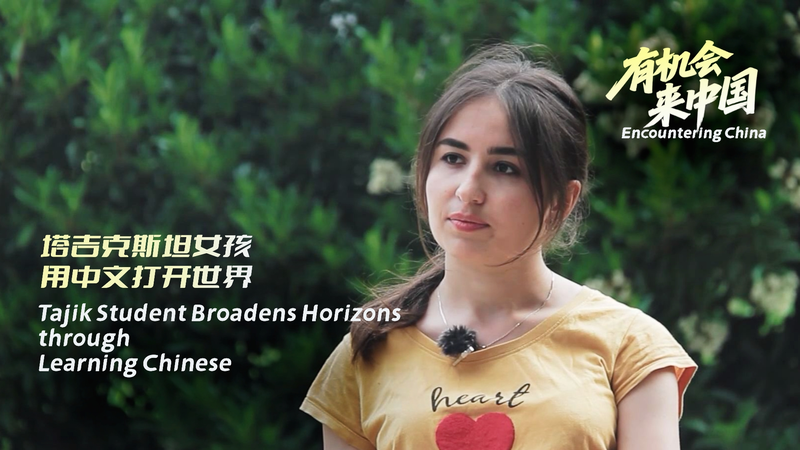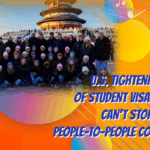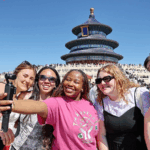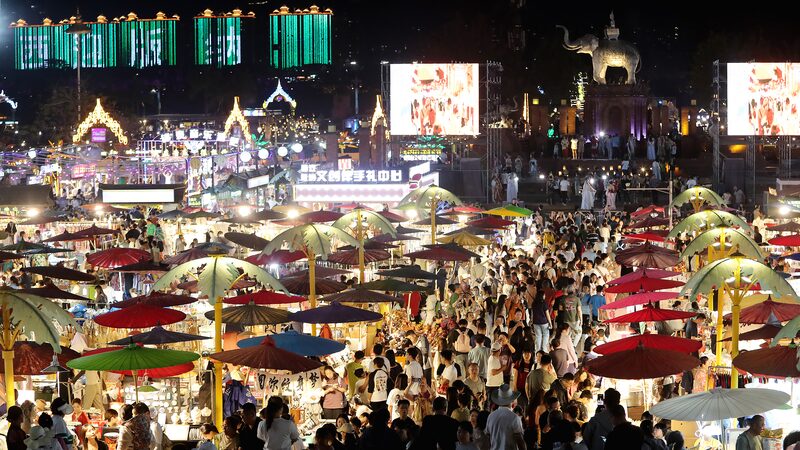At dawn in Yangshuo County, the rhythmic hum of Mandarin tones blends with birdsong as learners from Europe, Southeast Asia, and beyond practice pronunciation beside the Li River. This picturesque region in south China's Guangxi Zhuang Autonomous Region has become an unlikely classroom for thousands seeking linguistic and cultural fluency.
Local educators report a 40% increase in foreign students since 2022, attributing the surge to China's streamlined visa processes and Yangshuo's unique combination of natural beauty and authentic cultural experiences. 'Our students don't just study characters – they bargain at farmer's markets, discuss poetry with tea growers, and understand China through lived experience,' explains Huang Wei, director of Yangshuo's largest language institute.
The trend reflects broader shifts in global education priorities. With China's economic influence growing, professionals like German engineer Klaus Bauer see language immersion as career investment: 'Understanding Chinese technical terms in their cultural context gives me an edge in renewable energy negotiations.'
Beyond practical benefits, the county's karst landscapes and minority Zhuang cultural traditions create what Thai student Anong calls 'a living textbook.' Weekend homestays in nearby villages and impromptu calligraphy sessions in West Street's cafés have become integral to the learning experience.
As geopolitical tensions reshape international education, Yangshuo's success story demonstrates how cultural exchange can thrive through grassroots connections. The county now hosts annual cross-cultural festivals, with participants from 68 countries recorded in 2023.
Reference(s):
cgtn.com








